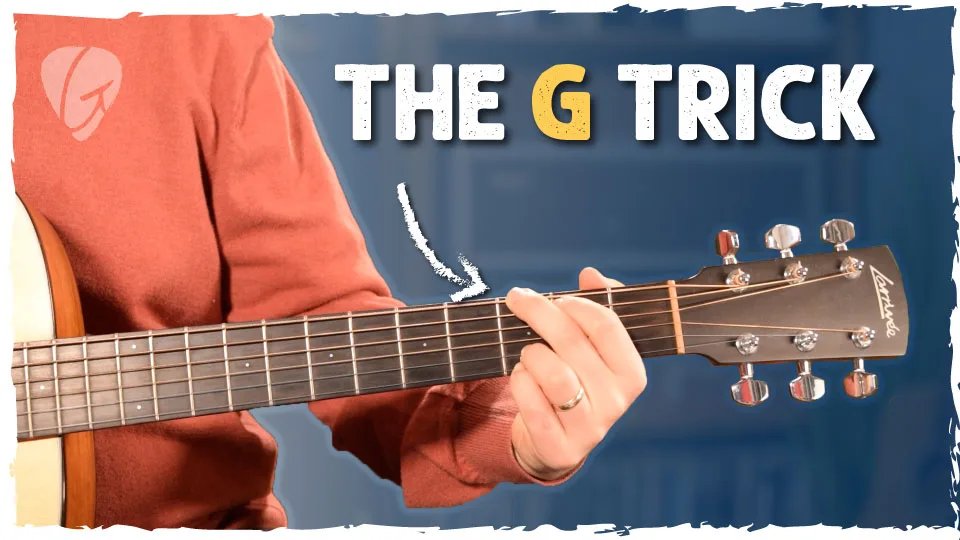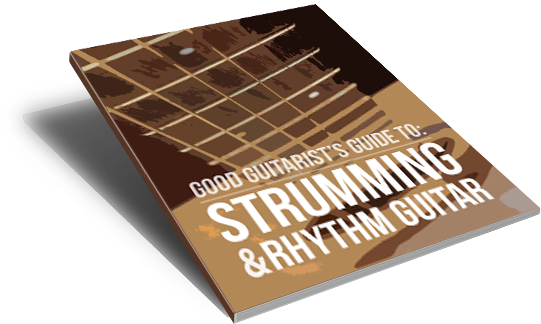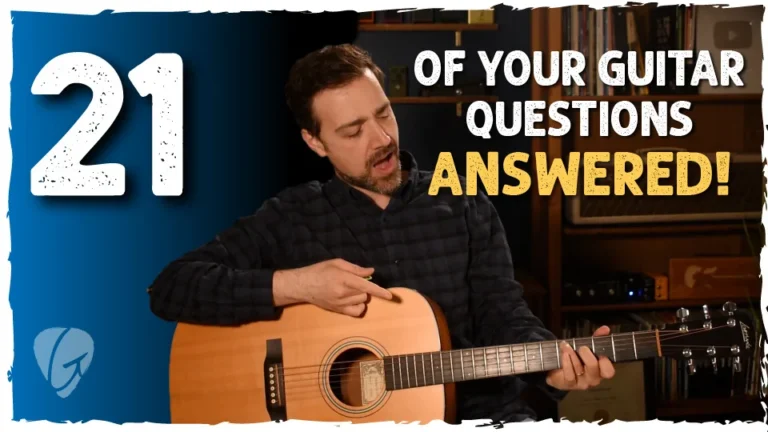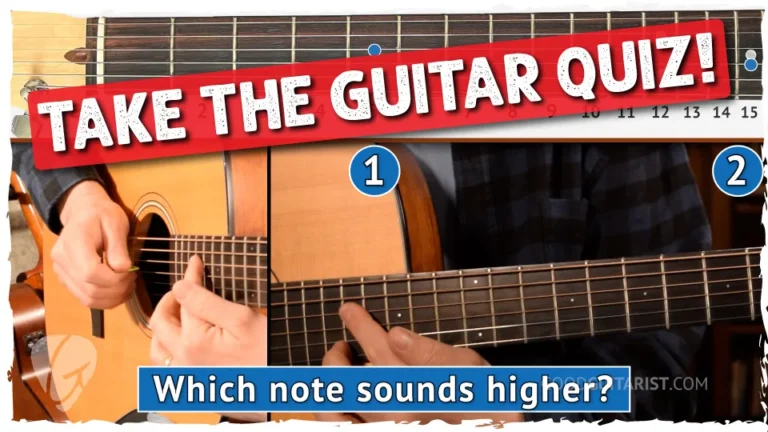Unlock the Iconic 90s “G Chord Trick” for Effortless Guitar Transitions
Learn the classic 90s “G chord trick” used in songs like Wonderwall and Good Riddance. Build smoother chord transitions and explore iconic shapes with this beginner-friendly guitar lesson.
I was born in the 80s, but most of my growing-up years were in the 90s. And for me, the music from that time hits different. I recognize the tunes instantly, and there are so many that I still love playing today. Over time, I’ve picked up on a few tricks that guitar players from that era used again and again. Today, I want to show you one of the most iconic: the “G chord trick.”
Why the G Chord Trick Is So Powerful
This little trick stands out for two big reasons:
- It sounds amazing. That droning, jangly vibe instantly brings back the 90s.
- It makes chord transitions smoother. You keep two fingers planted the whole time, making it easier to focus on rhythm and flow.
A Famous Example: Good Riddance (Time of Your Life)
The first song that comes to mind when I think of this trick is Good Riddance by Green Day. It kicks off with a G chord and moves to a Cadd9—an airy, colorful version of a C chord.
Honestly, just those two chords can go a long way.
#1: Get Comfortable with the Basics
Start by switching back and forth between G and Cadd9. If you’re just getting going, strum them simply to work on timing. If you’re a bit further along, try picking the higher notes to add some variety. Then throw in an Em chord and pick out the top strings—this starts to create that layered, orchestral effect.
#2: What Makes These Chords Special?
G, Cadd9, Em (and even D, A, F6, etc.) all share some of the same notes on the top strings. That creates a musical drone—a repeated note that ties everything together. It’s part of what makes songs like:
- Wonderwall (Oasis)
- Hand in My Pocket (Alanis Morissette)
- Plush (Stone Temple Pilots)
…sound so rich and full. Even though the chords are changing, those consistent top strings glue everything together.
#3: Build Your Own 90s Vibe
With just a few of these shapes, you can craft an intro, an instrumental break, or even build a full song. Pick a few of your favorite shapes—try adding A7sus4, Dsus4, or Fmaj7—and let those top two strings ring out like a drone.
Focus more on where your fingers can go, and less on what the chord is technically called. That creative freedom is a big part of the 90s guitar sound.
Suggested Chords to Try
These all work well with the G chord trick and share that open-string drone quality:
- G
- Cadd9
- Em
- D
- A
- F6
- A7sus4
- Dsus4
- Fmaj7
- Bbmaj (a bit tougher but great color)
Explore the ones that feel good under your fingers, and then try building patterns around them.
Want to Go Deeper with Guitar?
If you’d like to take your skills further, check out my All-Access Pass – designed to help you build real guitar skills with structured guidance, exclusive bonuses, and a supportive community.
Have a fun time practicing and I’ll see you soon!
-James
All-Access Pass
Start your 10-day FREE trial
- Step-By-Step Courses
- Exclusive YouTube Bonuses
- Q&A with James






